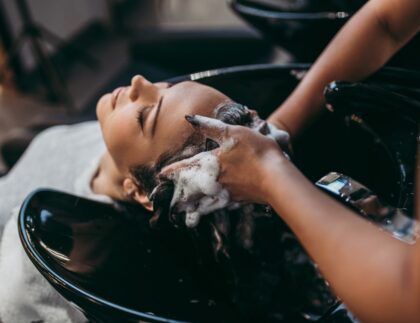
Lifestyle Changes
Before pursuing treatment, you may be able to get these veins to subside on your own. Weight loss as a result of good diet and exercise can prove beneficial, and keeping the legs elevated whenever possible may ease some of the tension in the veins. Compression legwear, whether in conjunction with lifestyle changes or procedures, is arguably the best-known treatment for this condition.
Venous Ablation
Ablation, the intentional damage of tissue, is a form of constructive destruction. Cardiologists often use ablation to treat atrial fibrillation and other forms of cardiac arrhythmia. It’s a popular form of varicose vein treatment. Cauterization of varicose veins reroutes blood through healthier veins instead, easing pain and unsightly vein appearances. While ablation is a minimally invasive procedure, doctors and patients should confer before taking this approach.
Venous Ligation and Stripping
Some varicose veins may need a surgeon to tie them off instead. For larger veins with more severe damage, this may involve physically cutting off blood flow with knotting or a ligature. While most often an outpatient procedure, ligation, which requires incisions to reach and tie off the veins in question, is more invasive than ablative approaches. As part of this procedure, patients often require outright removal of a heavily damaged vein. Medical professionals may implement vein stripping, or the extraction of a vein that cannot be salvaged and will no longer receive circulating blood.
Sclerotherapy
Sclerotherapy is a non-surgical alternative for varicose vein treatment. This non-invasive approach involves the injection of a sclerosant, or vein-hardening drug, which hardens and closes off veins at the injection sites, causing varicose veins to shrink from view. When applied in conjunction with post-procedural compression legwear, this can be one of the best treatment options for varicose veins.











